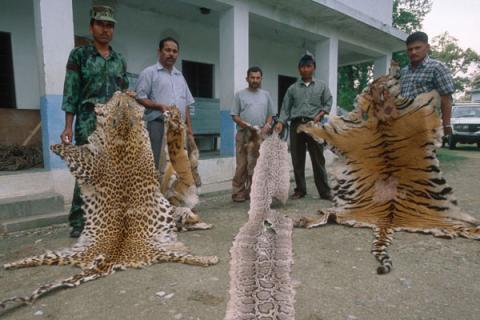
That's the latest message from conservation group WWF Canada, who want it to be known that these big cats can be protected despite the many serious threats facing wild tiger populations worldwide. Right now fewer than 3,900 tigers remain in the wild due to causes like poaching, habitat loss, human-tiger conflict and the impact of climate change. In the last century, the world has lost 96 percent of our wild tiger population.
In Nepal, where WWF Canada sponsors a conservation program, the wild tiger population has risen from 121 to 198 over five years. Worldwide, the organization hopes to double the worldwide wild tiger population to 6,400 by the year 2022, the next Chinese year of the tiger.
WWF Canada is working towards this goal by helping close markets for tiger parts, closing existing tiger farms, working to make trading in dead tiger body parts illegal, and developing strategic information gathering and law enforcement techniques. On the ground in places like Nepal the money the organization raises goes towards anti-poaching and surveillance equipment, field patrols, site assessments and field-worker training.
How WWF Canada helps finance these activities is through traditional donations and the purchase of "Adopt A Tiger" kits. For $40 someone can get a plushy tiger, a personalized adoption kit, a poster and a reusable WWF bag.
Watch WWF Canada's "Help Bring Wild Tigers Back" Video
Air Max